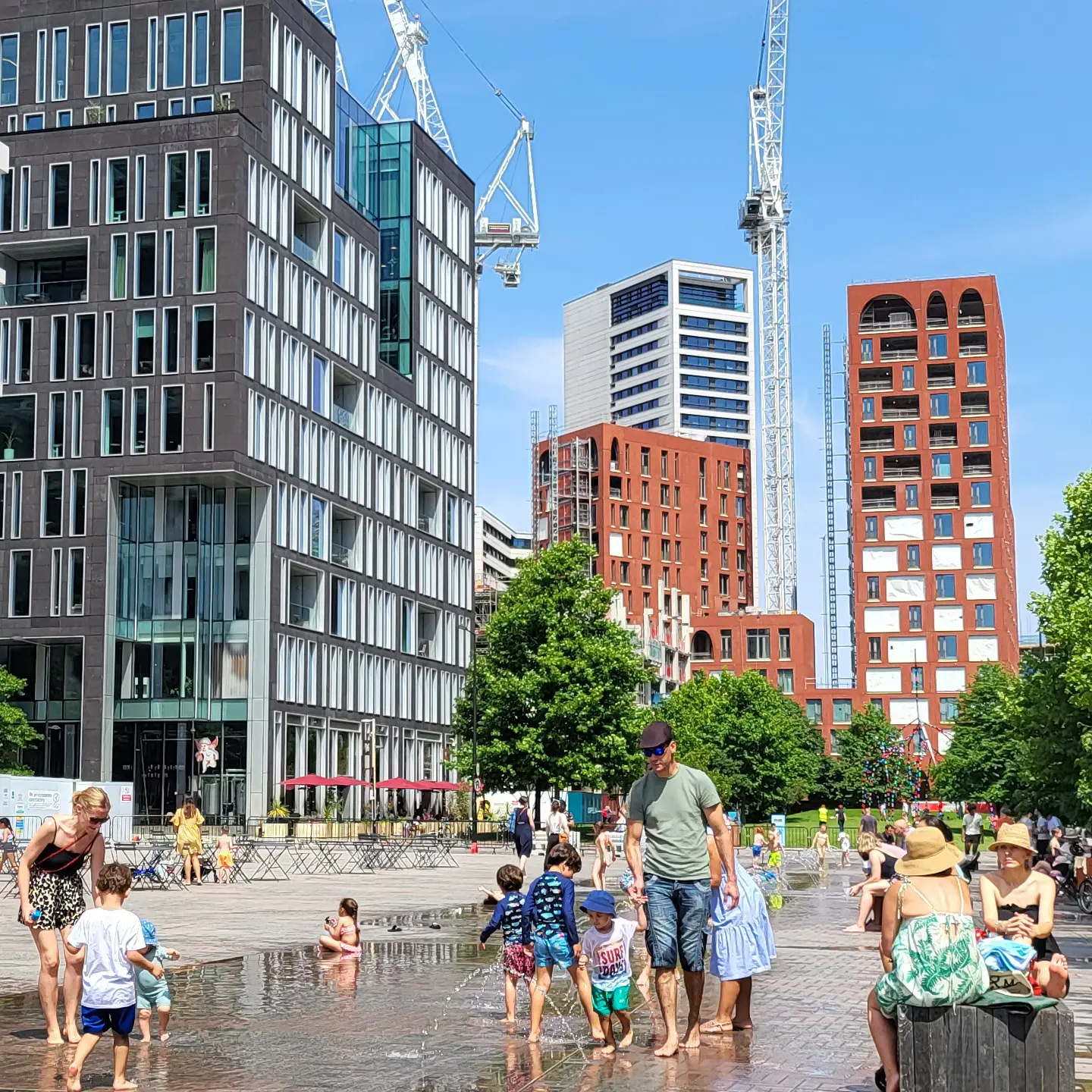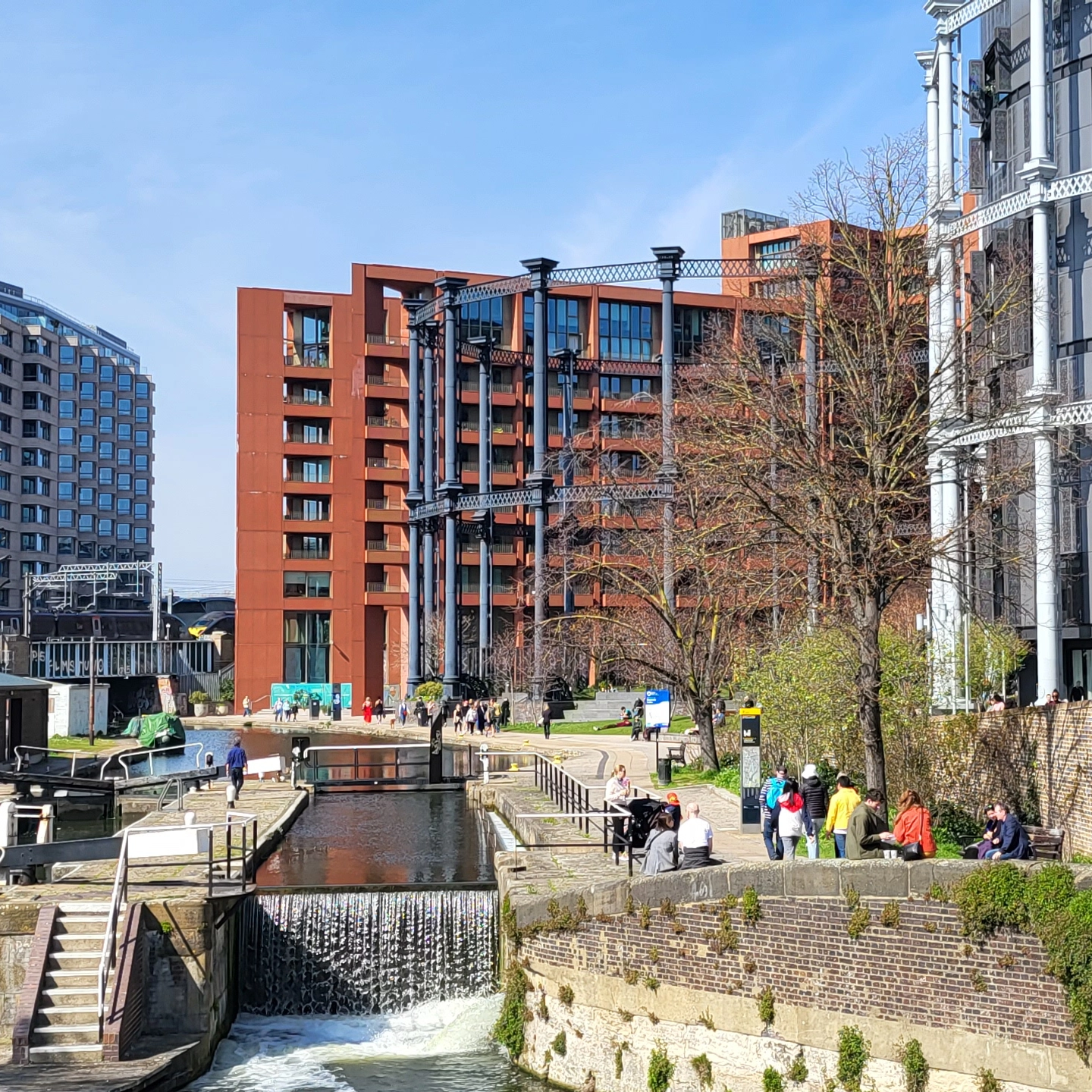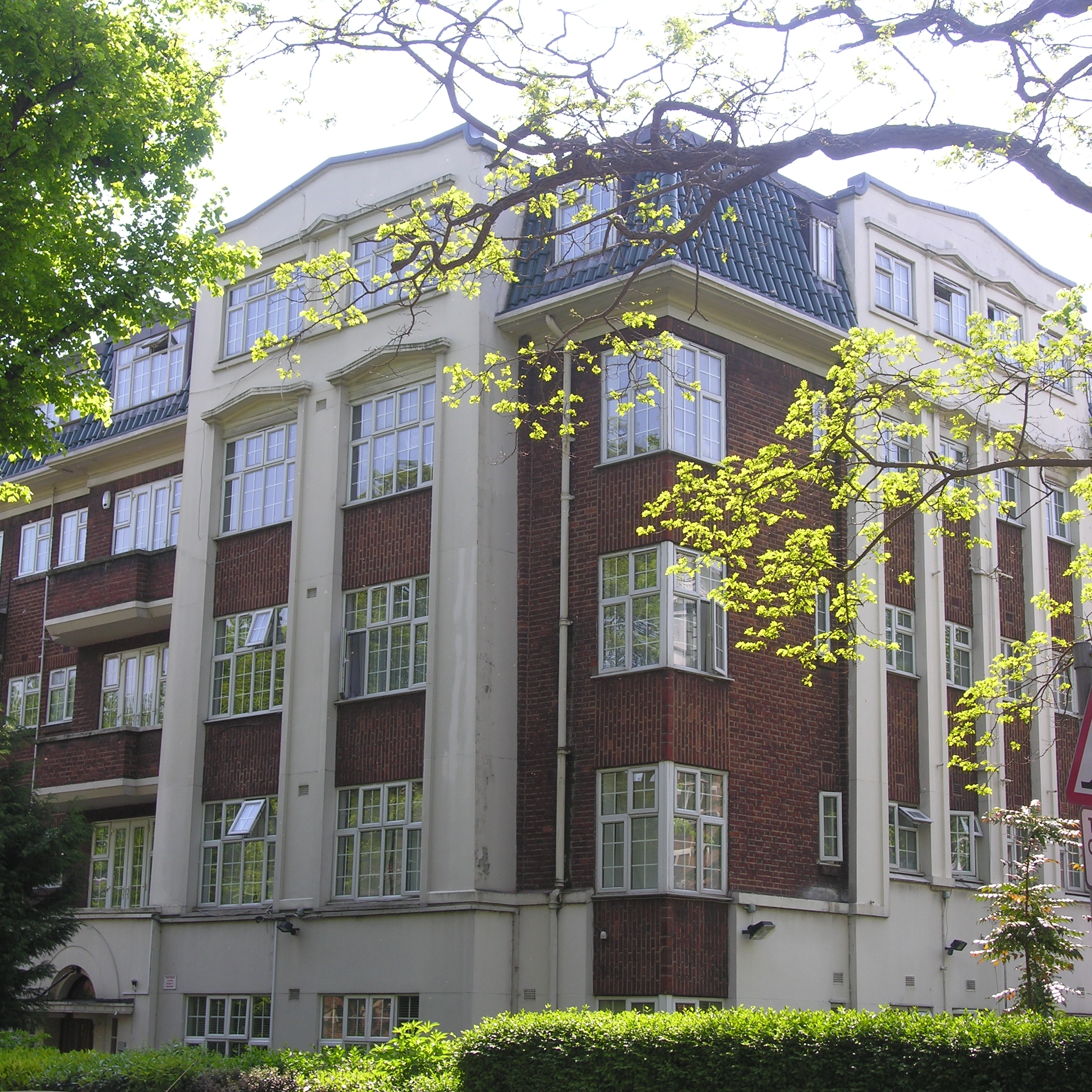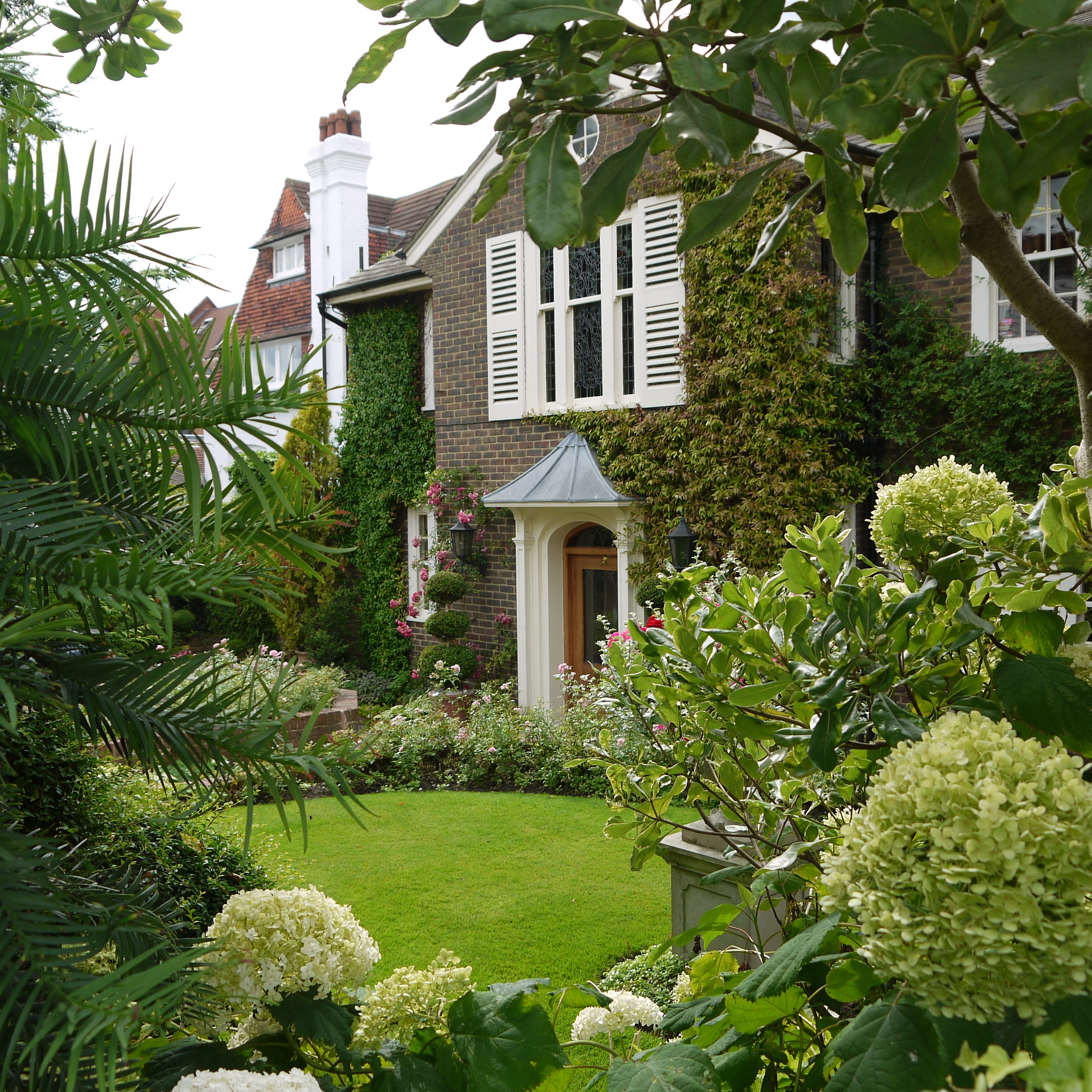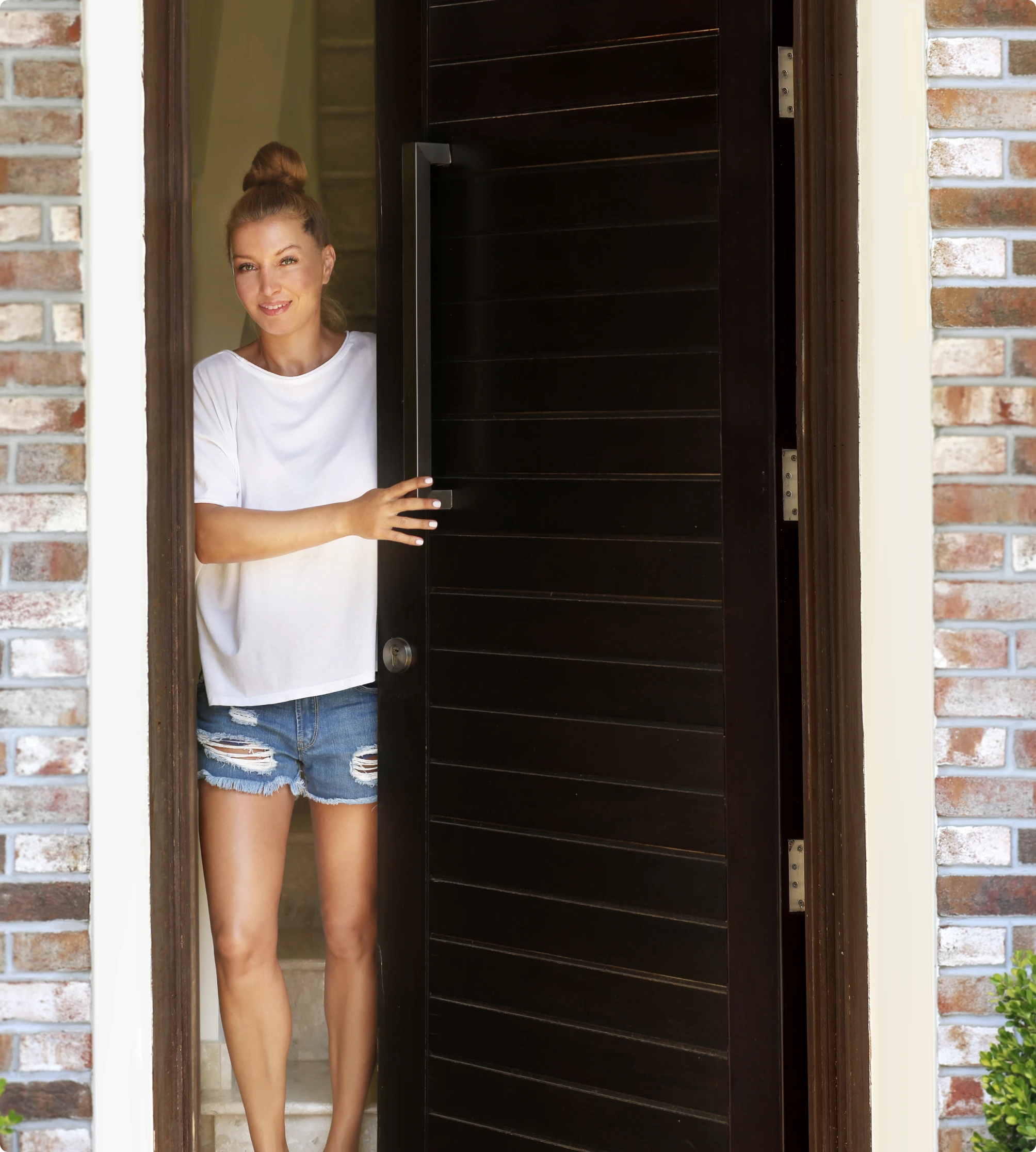



Block Management Reviews

"Thesite staff is incredible and we wouldn't have gotten this amazing place without her help and anaconda cut is such an affordable and beautiful place to live with free WiFi!!"
| Pixel HD 170 days ago |

"The lettings advisor has been an absolute star from start to finish helping me with my move. Everything went perfectly and met me with a warm welcome for my move in today. Very very happy with how this has gone couldn’t have been a better experience when I thought moving was going to be stressful! "
| Mike B 180 days ago |

"We have had a problem with noise from the flat above us in Lady Isle House Ferry Court Cardiff. We contacted a Mr Paul Staniforth who immediately became involved and addressed the situation. We really do appreciate what he has done for us and cannot thank him enough. Once again a big thank you to Mr Staniforth. The noise above was intolerable."
| Shane, 2 days ago |
|
|
We work alongside those deploying capital: our VirginLand by Ringley identify sites, our capital markets team work on equity and debt, our Asset Managers act as Employer’s Agent during the build for Project Monitoring. Towards Practical Completion we will be preparing always to mobilse new assets, take plant handover, recruit great teams and lease up fast.
|
|
We work to enhance the value of our Client’s asset and demonstrate good governance. To us this means engaging with leaseholders, residents and other stakeholders to ensure they are engaged with the management of each development.
|
|
Our aim is to make Management Company Directors feel empowered: to us this means 100% transparency and advising them of the options available to support decision making. We know volunteer directors have a day job, so work to delivery what they need in a timely manner and guide them on the decisions we need.
|
|
Within The Ringley Group we have a range of professional practices to enable transactions: Land Find, Valuers, Surveyors, Engineers and of course Ringley Law.
We work closely with official receivers, asset owners, lenders and tax consultants to support property owners throughout each assets lifecycle. |
As a group of companies we are a diverse bunch with enough experts on board to be a one-stop-property-shop. We listen and align to each Client's goals so each of us knows what needs to be done all the while remaining innovative and solutions oriented - as a team - One Ringley.
- 100% transparency
- to network and find solutions
- focused committed people
As a group of companies we are a diverse bunch with enough experts on board to be a one-stop-property-shop. We listen and align to each Client's goals so each of us knows what needs to be done all the while remaining innovative and solutions oriented - as a team - One Ringley.
- 100% transparency
- to network and find solutions
- focused committed people
The Team
The key to our success is our people

Richard
Cardiff Office
Head of Block Management - Wales & West

Nick
London Office
Block Management - National Head of Site Staff

Best places to eat out in London Bridge

History of London Bridge

Most prestigious roads in London Bridge

Things to do in London Bridge

London Bridge - Cultural Scene
London Bridge History
London Bridge is situated inner south-east London, in the borough of Southwark. It is 2.6 miles from the centre of London. In 43 A.D., the first "London Bridge" was built by the Romans during the conquest period. Since then, the bridge has been rebuilt in many forms.
King William II
During the early medieval times, the bridge had to be rebuilt many times. After the Norman conquest in 1066, King William I, "The Conqueror", (r. 1066-1087), rebuilt the bridge. It was repaired or replaced by King William II, (r. 1087-1100). However, in 1136, it was destroyed by fire. This is unsurprising, as the bridge was originally built in timber.
King Henry II
King Henry II, (r. 1154-1189), commissioned a new stone bridge. A significant factor in his commission was that his former friend and later opponent, Thomas Becket, Archbishop of Canterbury, had been murdered. He had been a native Londoner, born at Cheapside, and was a popular figure. The new bridge had a chapel at its center, dedicated to Thomas Becket. The chapel of St. Thomas on the Bridge became the official start of the pilgrimage to his Canterbury shrine. In 1176, construction of the bridge commenced. However, it was not completed until 1209.
London Bridge houses
At this time, there were houses on the bridge. This was the normal method to pay for the maintenance of a bridge. However, in this case, it had to be supplemented by other rents and by tolls. In the late 14th century, there were 140 houses on the bridge; and it is thought this was the maximum number reached. However, some houses were later merged, so the number decreased. By the 17th century, shops operated on the ground floor of these bridge houses. The bridge became the City of London's four or five main shopping streets. Haberdashers flourished, and further trades developed, including metalworkers, for example, pin-makers and needle makers. Some shops sold trunks, brushes, books, and stationery.
In 1553, the bridge's chapel was converted into a house. At the drawbridge tower, severed heads of traitors were exhibited. In 1598, a German visitor to London, Paul Hentzner counted over 30 heads on the bridge. In 1661, the last head was installed. Afterward, heads were placed on Temple Bar instead, until the practice was stopped.
London Bridge Fire
In 1633, a fire destroyed houses on the northern part of the bridge. As the gap was only partly filled by new houses, this meant that a firebreak prevented the Great Fire of London, 1666, from spreading to the rest of the bridge, and to Southwark. However, the Great Fire destroyed the bridge's waterwheels; so these could not pump water to extinguish the fire.
In 1725, a fire destroyed all the houses south of the stone gate. These had to be rebuilt. In the 1750s, further houses subsided and decayed. In 1756, the London Bridge Act was drawn up, which meant that the houses had to be demolished, due to safety concerns, and the bridge was improved.
From 1824 to 1831, a new bridge was constructed, consisting of five stone arches designed by John Rennie. In 1831, the bridge was officially declared open.
The current London Bridge was designed by architect Lord Holford and engineers Mott, Hay, and Anderson. From 1967 to 1972, the bridge was constructed. In 1973, the bridge was opened by Queen Elizabeth II, (r. 1952-2022).
The Shard Apartments: 1newhomes have on offer Shard Place (Shard Quarter), 28-30 London Bridge Street, London, SE1 9SG. This is the third phase of the 2.5 million sq.ft. regeneration of Shard Quarter in London Bridge. The first two phases are The Shard and The News Building. These all provide a stunning mixed-use destination of commercial, retail, leisure and residential assets.
One, two and three-bedroom apartments have sold out. There are 176 sleek and modern apartments in total. These are set across 26 storeys. Residents will have the benefit of access to a private roof garden on the 16th floor, and this pleasant new landscaped public space will accompany retail, cafes, bars and restaurants. There is an outdoor swimming pool on the 17th floor. Naturally ventilated winter gardens will be included in many of the fully furnished apartments. This is an outstanding example of inspiration by the unique features in the Shard.
The development of Shard Place will significantly enhance the public realm, providing 13,000 sq.ft. for the general public to enjoy, while connecting to The Shard, The News Building and London Bridge station.
Parks nearby include Potters Fields Park, Guy Street Park and St. Dunstan in the East Church Garden. The nearest station is London Bridge, Thameslink, National Rail and Underground, is 0.2 miles away. Borough, Underground, is 0.6 miles away, and Cannon Street, National Rail and Underground, is 0.7 miles away.
Space to Rent for Business: 1newhomes have on offer Landmark Street, London, SE1. This is a unique new development, providing more than 20,000 sq.m. of new office space, plus shops, restaurants, cafes, flexible small business workspace, and new homes. This will bring more than 1,800 jobs to the area and 36 new homes. For one, two, and three-bedroom apartment prices and availability, contact the agents.
There will be new pedestrian routes, and they will line lanes with shops, cafes, restaurants, and market stalls. Smaller retail units have been provided to encourage small independent traders. Another benefit is the increase in affordable housing to 40%, with a greater proportion of three-bedroom apartments.
There is an advantage of a reduction in overall floor space, with the Viaduct and West Building both reduced by one storey, alongside revisions to the design of the facades.
There will be 10% affordable workspace introduced, whilst retaining retail units suitable for small and independent businesses.
Landmark Court has been dormant for over 30 years, so it is well deserved to create a diverse mixed-use community that enriches this growing, thriving, and vibrant area.
I visited The White Cube, Bermondsey Street. I very much enjoyed seeing an exhibition of works by Harland Miller, titled "Imminent End, Rescheduled Eternally". His paintings and drawings are influenced by 1950s abstraction, as well as pop art. Many of these artworks incorporate written statements.
The White Cube, 144-152 Bermondsey Street, London, SE1, is a popular, contemporary gallery, with spacious rooms for exhibitions. It was founded by Jay Joplin, in 1993. There is another branch of the White Cube, at Mason's Yard, St. James's, London, W1. The White Cube represents artists such as Damien Hirst, Tracey Emin, Antony Gormley, Gilbert & George, Anselm Kiefer, George Baselitz, and many more.




